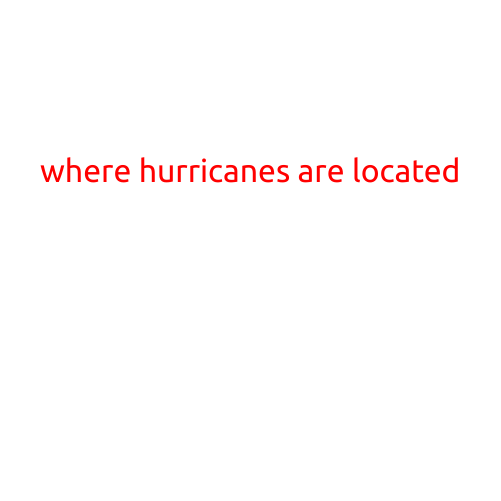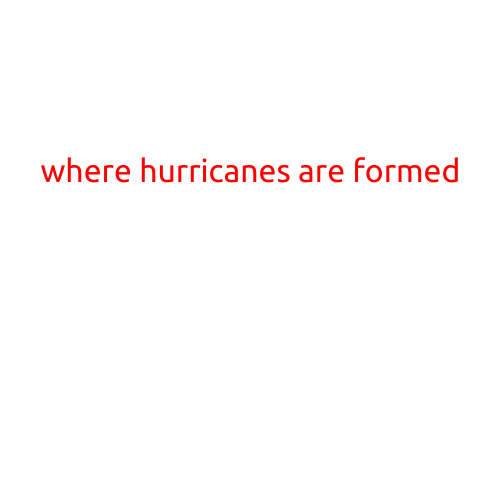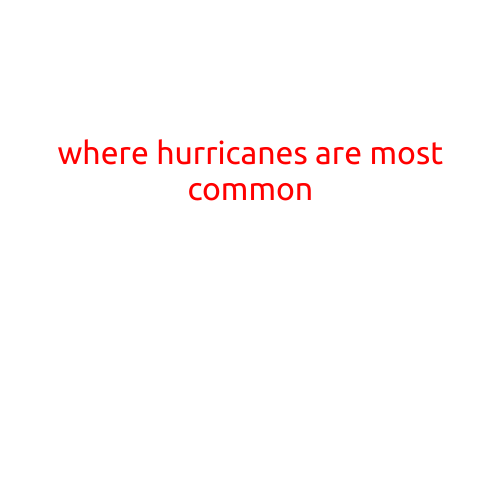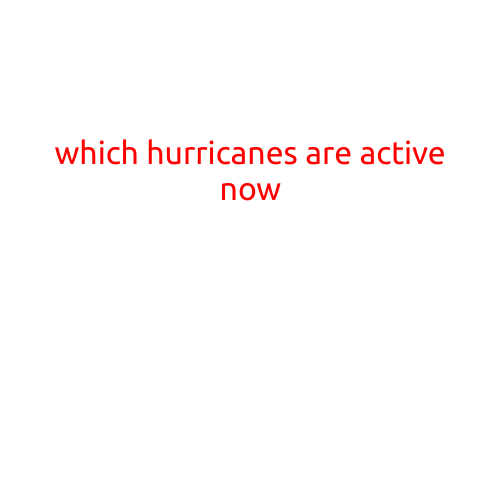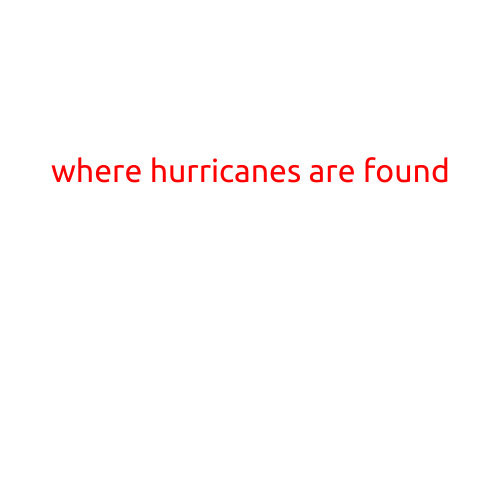
Where Hurricanes are Found
Hurricanes are powerful tropical cyclones that can bring devastating winds, heavy rainfall, and storm surges to coastal communities. These rotating storms form over warm ocean waters in specific regions of the globe, often causing significant damage and disrupting the lives of millions of people.
The Five Major Hurricane Regions
Hurricanes are classified into five major regions, each with its unique characteristics and hazards. These regions are:
- The Atlantic Hurricane Basin: This region includes the Atlantic Ocean, the Caribbean Sea, and the Gulf of Mexico. Hurricanes in this region can affect the eastern and southern United States, as well as Central America, the Caribbean, and western Africa.
- The Northeast Pacific Hurricane Basin: This region includes the eastern Pacific Ocean, and hurricanes here can affect western North America, including California, Mexico, and Hawaii.
- The Northwest Pacific Hurricane Basin: Also known as the Western Pacific, this region includes the western Pacific Ocean, and hurricanes here can affect countries such as Japan, the Philippines, and Taiwan.
- The South Pacific Hurricane Basin: This region includes the southern Pacific Ocean, and hurricanes here can affect countries such as Australia, New Zealand, and Papua New Guinea.
- The Indian Ocean Hurricane Basin: This region includes the Indian Ocean, and hurricanes here can affect countries such as India, Sri Lanka, and Southeast Asia.
Factors That Contribute to Hurricane Formation
Hurricanes form when a combination of atmospheric and oceanic conditions come together. The key factors that contribute to hurricane formation include:
- Warm ocean waters (at least 26.5°C or 80°F) to a depth of about 50 meters (164 feet)
- Moisture in the air to fuel cloud formation and intensification
- Low atmospheric pressure to drive the circulation
- Wind shear, which allows the storm to develop a rotating circulation
Notable Hurricane-Prone Areas
Some regions are more susceptible to hurricane landfalls and impacts than others. These areas include:
- The Gulf Coast of the United States, particularly Louisiana, Mississippi, and Alabama
- The Atlantic Coast of the United States, particularly Florida, North Carolina, and South Carolina
- The Caribbean Islands, including the Bahamas, Jamaica, and the Cayman Islands
- Central America, including Mexico, Belize, and Honduras
- Southeast Asia, including the Philippines, Indonesia, and Malaysia
Conclusion
Hurricanes are powerful and destructive storms that can have significant impacts on coastal communities around the world. Understanding where hurricanes are found and the factors that contribute to their formation is crucial for predicting and preparing for these storms. By recognizing the regions and areas most susceptible to hurricane landfalls, we can better plan and respond to these natural disasters.
